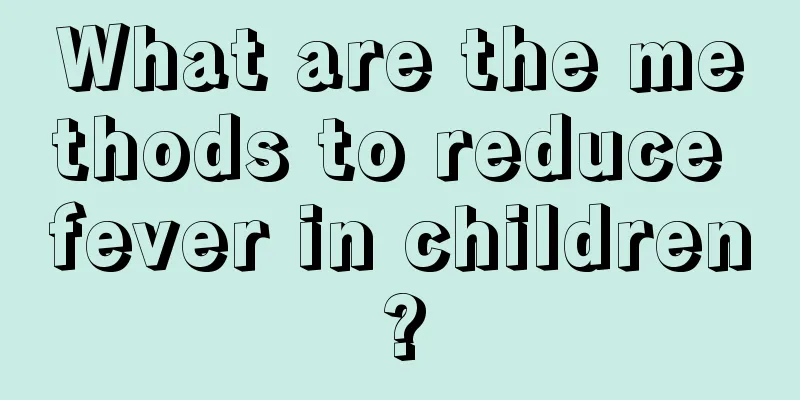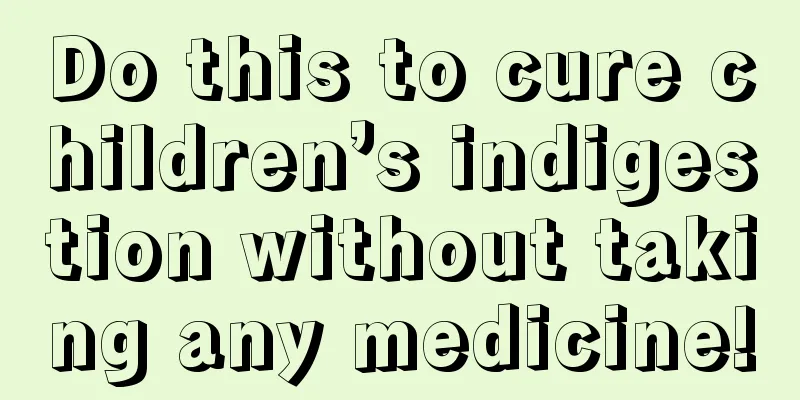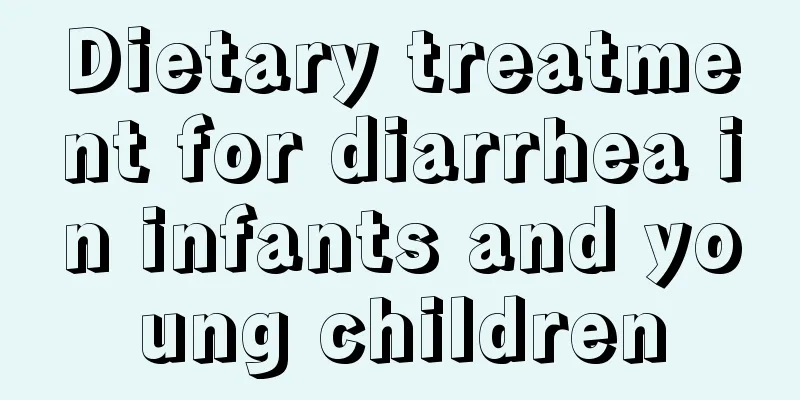What are the methods to reduce fever in children?

|
When people have a fever, their bodies are very weak and they are too lazy to even speak. Therefore, once a child has a fever, his spirit will become very bad. At this time, parents should always stay with their children and measure their temperature frequently. If the fever is severe, the child needs to be cooled down in time. In addition, the child should drink more water, keep the indoor air circulating, etc., and then use the following methods to help the child reduce the fever. First, experts tell you what to do if your baby has a fever? Body temperature itself is not the real most critical method to observe childhood illness. For adults, the level of body temperature usually reflects the severity of the illness. This is not the case with children, as their bodies' temperature control is not yet perfect. Some children have a fever of up to 40°C when they are infected with mild diseases, but only 38.3°C when they are infected with more serious diseases. When a child has a fever, parents should observe his complexion, expression and actions. A child with a temperature of 100.5°C but a pale, unnaturally quiet complexion may be sicker than a child with a temperature of 100.5°C but still running around the house making a fuss. If a child with a fever shows the following symptoms, see a doctor regardless of the temperature. 1. He keeps crying and it is useless no matter who comforts him. 2. It is difficult to wake up. 3. If someone tries to touch or move the child, he will cry. 4. The neck is stiff and inflexible. 5. Uncontrollable twitching or spasms in the arms, thighs, or other parts of the body. 6. Confusion and strange behavior (seeing or hearing things that are not there, saying strange things or behaving abnormally). 7. There are noises when breathing. 8. Unable to swallow any food and drooling constantly. 9. Purple spots appear on the skin. 10. Skin color is grayish white or dark blue. 11. The pulse is weak but fast and rapid (a child under 1 year old has a pulse of more than 160 beats per minute; a child over 1 year old has a pulse of more than 120 beats per minute). 12. Burning or pain when urinating. 13. There is blood in the stool during diarrhea. Second, what method can quickly reduce fever? How can parents reduce their baby’s fever at home before taking the baby to see a doctor? Based on the advice of experts, as a parent, the correct way to reduce fever should be: 1. Maintain good air circulation in your home: If your home has air conditioning, maintain the room temperature between 25-27℃. You can place the child in an air-conditioned room or blow an electric fan around him to slowly lower his body temperature, which will make the child feel more comfortable. But if the limbs are cold and the patient is shivering violently, it means that the patient needs warmth, so he should be covered with a blanket. 2. Take off excess clothing: If your baby's limbs, hands and feet are warm and he is sweating all over, it means he needs to dissipate heat and he can wear less clothes. 3. Warm water bath: Undress your baby and rub his whole body with a warm water (37°C) towel. This will dilate the blood vessels in the baby's skin and release body heat. In addition, when water vapor evaporates from the body surface, it will also absorb body heat. 4. Use a cooling patch: It helps to dissipate heat, but it is not recommended for younger children because it is difficult for them to turn their bodies and the ice pillow can easily cause local overcooling or hypothermia. You can also use a cooling patch. When the water in the gelatinous substance of the cooling patch evaporates, it can take away the heat and will not cause excessive cooling. 5. Drink plenty of water: To help sweating and prevent dehydration. Water has the function of regulating temperature, which can lower body temperature and replenish water lost in the baby's body. Third, how to use antipyretics correctly? Of course, the most convenient and quickest way to reduce fever is to use antipyretics, and every baby's home must always have antipyretics in case of emergency, so as to avoid being helpless when the baby suddenly has a fever in the middle of the night. There are skills and principles in using antipyretic drugs, including when to use them and how to use them. It is advisable to have the correct concept at ordinary times to avoid poor effects or even uncontrolled fever. Antipyretics are available in liquid form, tablets, suppositories and injections. Liquid forms are generally milder. The most commonly used are syrups containing paracetamol, such as Pediatric Motrin Syrup and Pediatric Paracetamol Drops. Aspirin tablets are also effective in reducing fever, but for certain viral infections, such as chickenpox or influenza, aspirin may induce Reye's syndrome and is not suitable for use. |
<<: Why do babies have café au lait spots?
>>: What to do if your child is introverted
Recommend
What should I do if my newborn chokes on milk due to pneumonia?
How should pneumonia be treated? How should neona...
Can children eat shrimp?
Children are in the stage of growing up and need ...
If your child has blisters on his tongue, these 6 methods are very effective!
Some children have blisters on their tongues, whi...
Children have a fever and fart a lot and smell bad
Many children will feel that they fart a lot and ...
How much milk should a 2 and a half month old baby take?
Newly born babies need careful care from their pa...
Can a 1-year-old baby drink yogurt?
Many mothers need to pay special attention to the...
What foods should children eat if they have trouble sleeping?
Sleep quality is also related to the physical hea...
What are the causes of herpetic pharyngitis in children?
With the rapid development of society, various ac...
How to treat bronchiectasis in children
Speaking of bronchiectasis, I believe everyone is...
ADHD
Children must actively cultivate their attention ...
What should you do if your child has a runny nose due to a cold?
The main consideration for babies' runny nose...
Which department should children with ADHD go to?
Nowadays, medicine is becoming more and more adva...
Symptoms of calcium deficiency in one-year-old babies_Symptoms of calcium deficiency in one-year-old babies
Babies who are calcium deficient generally grow s...
What to do if your baby has eye inflammation
Every child is the continuation of his or her par...
Children with blood in stool
The chance of children having bloody stools is no...









